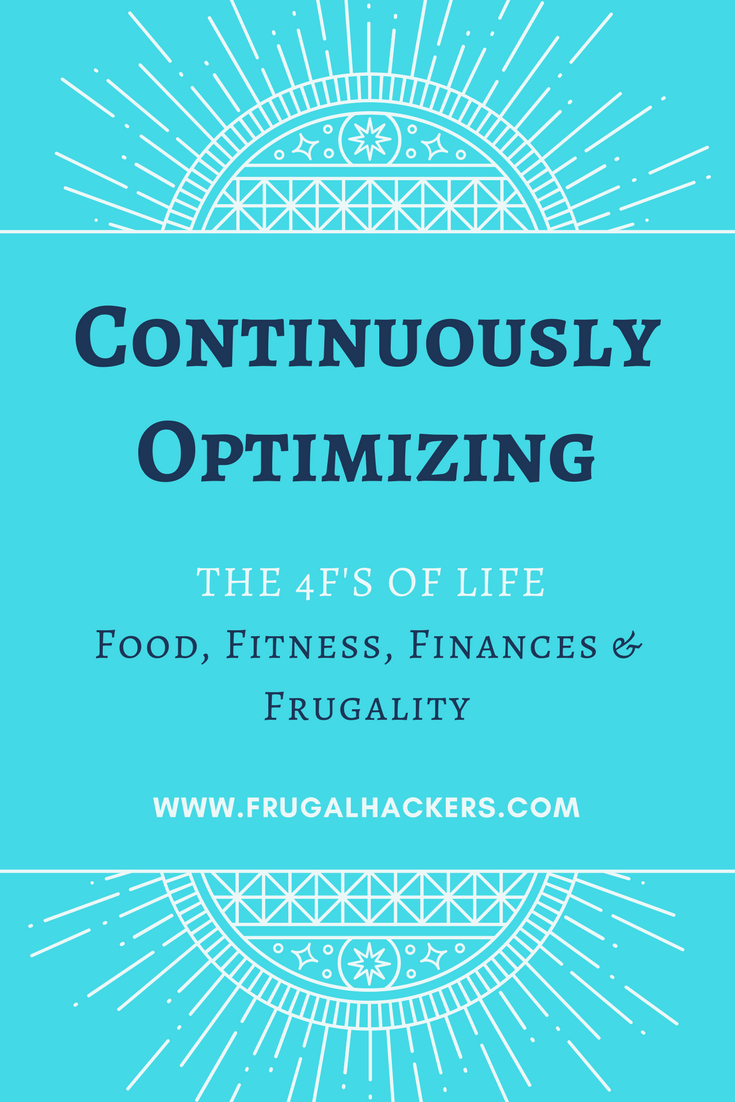Do you hear words like balance sheet and P&L statement and immediately tune out? The accounting and finance world is full of jargon and fancy words for everyday concepts.
As a CPA, I work with people everyday who have no idea how to think about their financial situation. Accounting is not just for business owners — every one of us can (and should) build personal financial statements to assess income, expenses, savings, assets, debt and ultimately, net worth.
Forget about the fancy words. Financial Statements are just tools to understand your current financial situation.
Watch Video Below (3 Minutes, 43 Seconds)
Video Transcript
We'll start with the Income Statement, also called the Profit & Loss Statement or P&L. We start by outlining the various types of income you earn. For most people, the biggest chunk is from their paycheck. You could also have some investment income and extra income from side hustles. Examples of investment income are interest, dividends and rental income.
Now, add up all your income — this number is your total income.
The next step in building your income statement is to take note of all your expenses. Taxes are usually the biggest expense. Also include rent, mortgage interest, any other interest, really. Groceries, restaurants, shopping, retail therapy, transportation, car insurance, health insurance, etc. Think of every bill you have to pay each month and add it to this bucket.
The end result of an income statement is the Net Income, which is calculated as Total Income minus Total Expenses. Net Income is just a fancy word to say "Savings".
Now that we've figured out the income statement, let's look at our Balance Sheet. A balance sheet is built to answer two questions: What do you own? and How did you pay for it?
The first section is Assets and here we list out everything you own that generates income or gives you some other economic benefit. Cash in the bank, your house, investment portfolio, rental properties, your car - these are all assets.
The next question to answer is — How did you pay for these assets?
If you borrow money to buy assets, you take on Debt. Mortgage, Credit Card, Student Loan, Car Loan, other consumer loans disguised as a "monthly payment plan." Add up your total debt, and now you're ready to calculate your equity.
Equity, which is the same as net worth, is calculated as your Assets minus your Debt. How do you increase net worth? With your savings. Every dollar you save adds a dollar to your assets, and a dollar to your equity.
Buying a car with a loan doesn't make you rich, but saving a portion of your paycheck and investing it will make you rich.
Feedback
I tried to make this video short and succinct. I mean, who wants to listen to an Accounting nerd for more than a couple minutes, right? If I glossed over things too quickly, let me know! Do you have questions or suggestions for future accounting tidbits? Leave them in the comments below.





